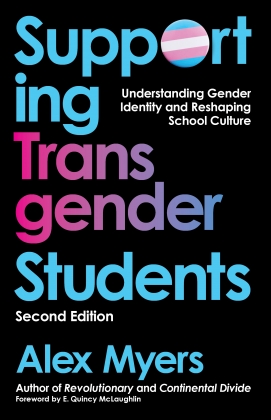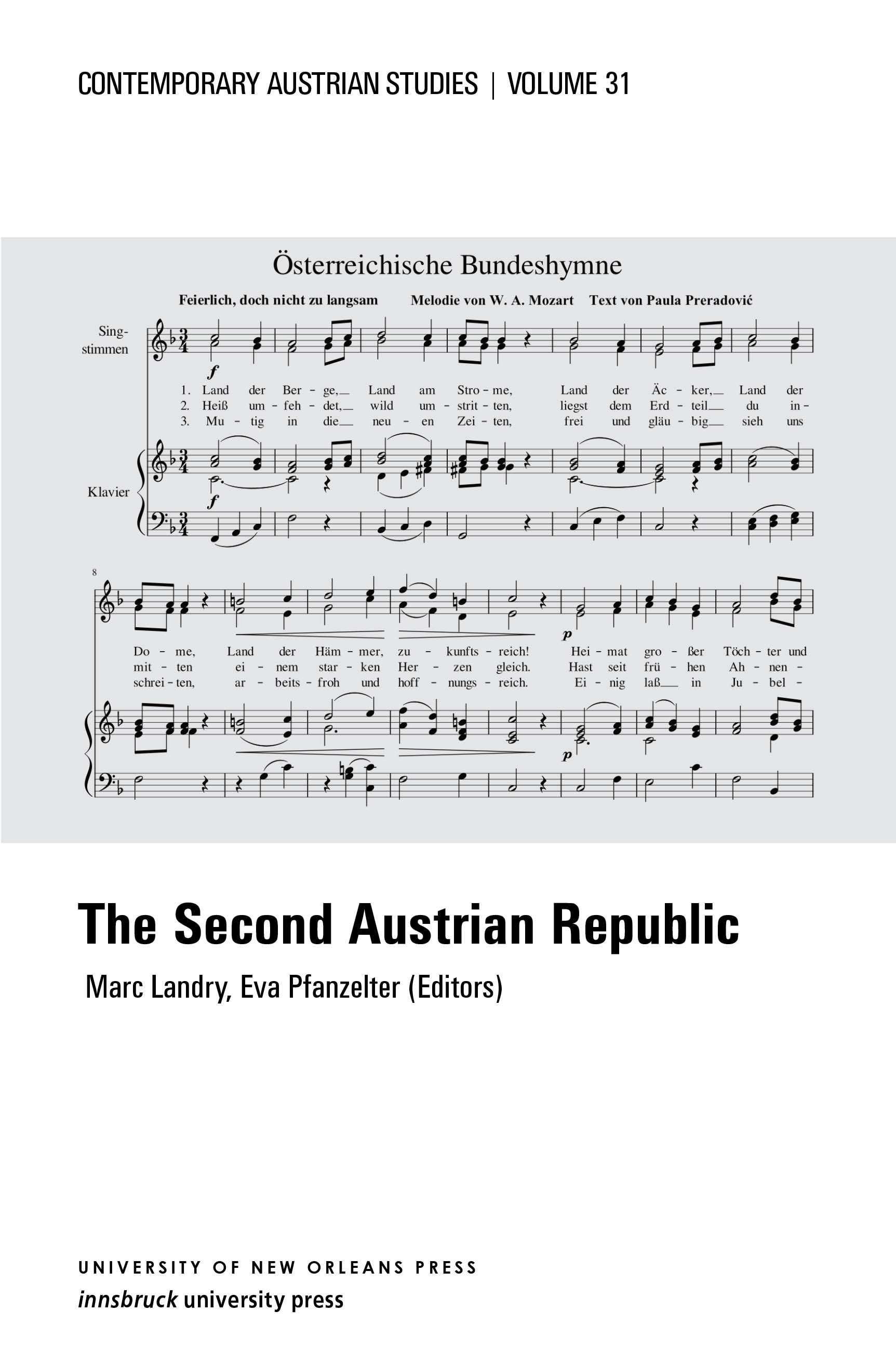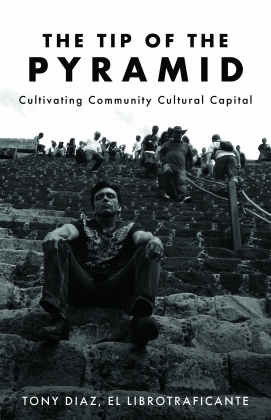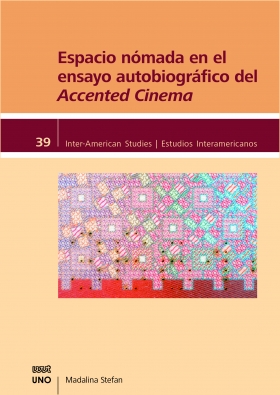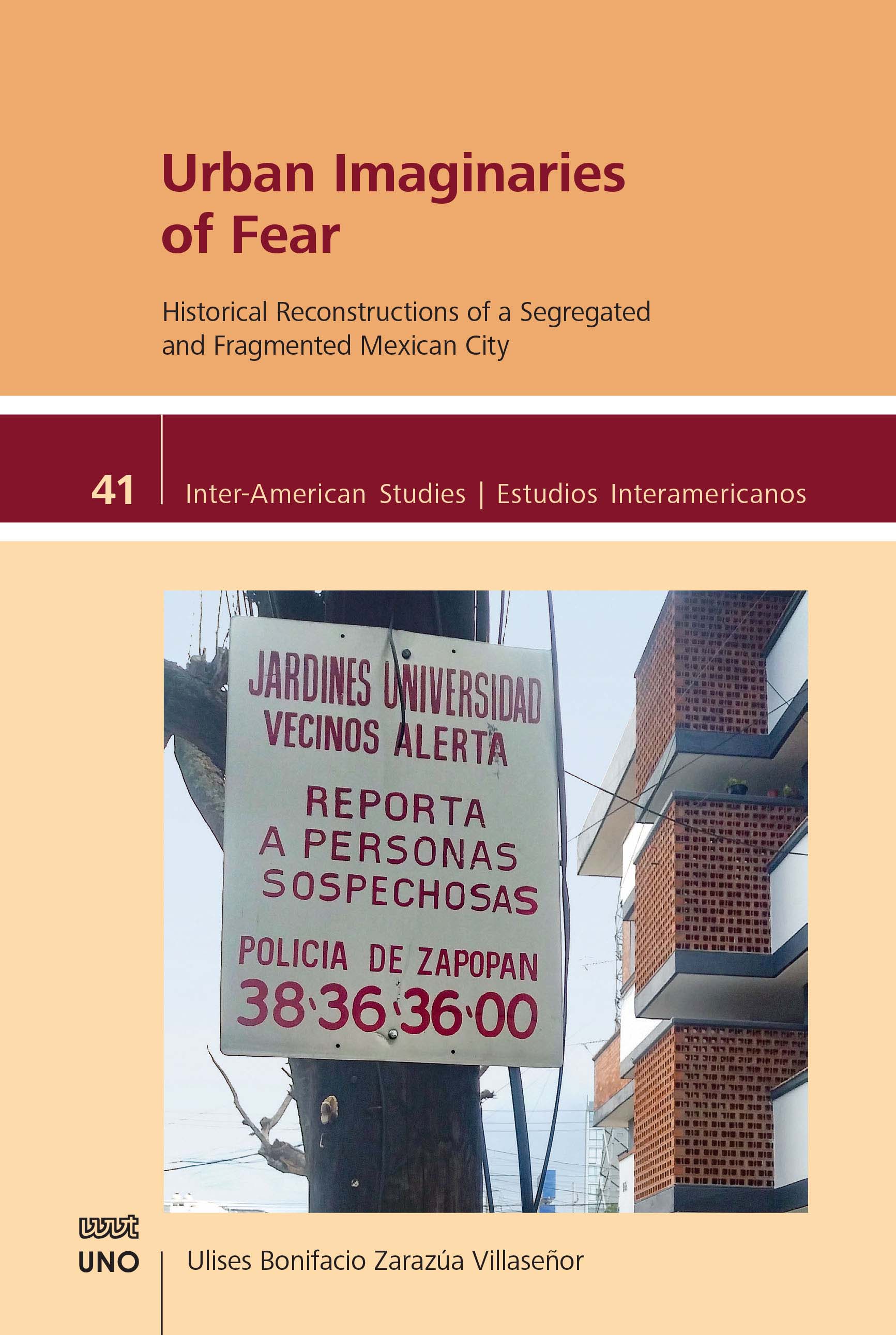
Urban Imaginaries of Fear
Description
This investigation seeks to understand how urban imaginaries of fear have led to segregation and fragmentation in the Mexican city of Guadalajara. The distinct socio-economic spaces of Santa Cecilia and Puerta de Hierro are explored to understand the social constructions of fear and perceived danger in urban areas. This study employs a multidisciplinary approach through ethnographic fieldwork, historical reconstruction, archival research, and media content analysis to examine the socio-spatial dynamics that have propagated the urban imaginaries of fear that exist in Guadalajara. It reveals how the historically marginalized Santa Cecilia district has been portrayed as a wild no-go zone full of danger. In turn, Puerta de Hierro's gated community reflects its affluent residents' fears and the trending desire for urban separation, isolation, and fortification. The research concludes that urban imaginaries of fear have played a significant role in influencing public policy, city planning, urban division, social cohesion, and stereotypes that affect the quality of life for its residents. By combining historical analysis with contemporary media studies and first-hand accounts from residents from both sides of the divide, this investigation provides valuable insights for understanding the intentional processes of urban segregation and how they perpetuate and exacerbate social inequalities.
Author Bio
Ulises Bonifacio Zarazúa Villaseñor holds a doctorate degree and obtained his bachelor's degree in Sociology and master's degree in Social Sciences from the Universidad de Guadalajara (UdeG), where he is currently a professor and researcher at the Centro Universitario de Ciencias Sociales y Humanidades (CUCSH) in the Department of Socio-Urban Studies. He is a PRODEP profile holder and a candidate member of Mexico's National System of Researchers (SNI). His research focuses on urban sociology, social dynamics, and the spatial dimensions of fear and segregation in Mexican cities.


